When it comes to choosing an air hose for your industrial unit, you must make the right decision to get the desired results. But it is not always easy to choose the right option as there are so many plug types available in the market. Whether you should go with a neoprene plug or choose a polyurethane hose or will a recoil hose make a better choice over the standard plug are all questions that can leave you perplexed!
Thankfully, we will make choosing the right air-compressor fitting for you easy. Here’s how you can choose the one that is efficient, reliable, and perfectly fits your requirements.
Table of Contents
Do You Need a New Hose for your Air Compressor?
There are several reasons for which you might require to replace your existing coupler. If you have installed new equipment and your existing hose is not compatible with it, then upgrading your compressor will help you get the best out of it.
Furthermore, if there is a defect in your current hose, it is advisable to replace it with a new one to avoid any kind of mishaps.
More often than not, the defects that require replacement of the air compressor plug include:
- Damage in the fitting or the coupler
- A puncture in the tubing or any air leaks
- A kink or twist that is hard to repair
- Untimely wear and tear due to extremely cold or dry air
- Any kind of leaks caused as a result of high pressure
Even though the above-mentioned factors might push for a replacement, every plug comes with a stipulated lifespan and it should be replaced once that time is over. Most industrial air hoses have a life span of 5-10 years, however, there might be premature wear and tear and reduced longevity depending on its material, quality of product, the kind of usage, and how well it is maintained.
Aspects of Your Air Compressor Fittings that Need Due Diligence
While purchasing an air plug for your air compressor, several factors need to be considered to ensure that your purchase fits perfectly into your requirements.
Length
The length of your air hose will depend on its application and the kind of work you do. For example, if you work in an automotive body shop where you are required to move around heavy vehicles all day long, you would need a long, highly movable hose. On the other hand, if your work requires you to be stationary, a short hose will fit just fine.
There are certain industrial setups where the work requires to increase and decrease the length of the hose. While there are options available in the market where a shorter hose can be connected with another one to increase its length, it is advised to avoid doing that. Connecting two hoses reduces their performance. Instead, use a longer hose if you require an extension.
Diameter
Industrial air hoses are generally available in the sizes of ¼” and ½” or in 6, 8, and 10 mm. They are measured in internal diameter and it is extremely important to understand the CFM needs of these tools as higher ID means better air capacity.
The handheld ones often operate on low CFM (between 1 and 3) and so, don’t require a diameter more than 6 mm ID. Meanwhile, 8-10 diameter is ideally suited for those operating on a CFM higher than 6.
These air tools come with an average flow rating that is more about how you use them rather than the actual amount of unrestricted air volume they are capable of passing. Usually, the issue of insufficient pressure arises due to the wrong combination of couplers in the air compressor.
Material
What material you choose will decide the performance, weight, flexibility, and longevity of the hose. So, it is important to understand the nuances of the material and what effects it will have on your requirements.
Nylon is considered a good material for an air hose since it is light and easy to transport. It is also more affordable, making it ideal for in-home applications. But the nylon plug doesn’t perform well in air compressors used in extremely cold weather. In such conditions, its durability reduces considerably and it becomes susceptible to bends, kinks, and quick wear and tear.
Neoprene, on the other hand, is heavy, thick, and highly dependable making it ideal for medium to heavy-duty applications in both – agricultural and industrial usage air compressors. It is bend and kink resistant and even though slightly more expensive than nylon hoses, it can perform well even in temperature under minus four-degree F.
Polyurethane is perfect for high-pressure applications as it is light, easy to move, and highly durable. For its susceptibility to kinks, it is better suited for recoil than standard hoses. It is high on performance and durability and does well even in extremely cold temperatures well below minus 22 degrees F.
Standard Hose Vs Recoil Hose
These are two main types of air tool fittings namely – Standard Hose and Recoil Hose. The standard hose lies flat and has no coils, and can be wrapped in loops to store. It can also be mounted on a hose reel wounded with a crank handle that can be mounted on a wall.
Recoil hose, on the other hand, has smaller, a large number of twists that are similar to the kinds the traditional telephones coils had. These are quite expandable and they recoil back to their original shape once left loose making them easy to store.
Which one you choose for your application is a matter of choice and convenience. Mostly, manufacturers and industrial units use recoil ones as they are easy to store and take up minimum space, but applications like spray painting use the standard plug as they are often averse to the resistance of recoil hoses.
Choosing the Right Fittings for Your Air Compressor
Choosing the right fittings is also extremely important to ensure the hoses function properly. Make sure you purchase high-quality full-flow fittings as they mitigate air loss. Fittings must be reliable and efficient and must come with a high level of safety.
We at Swift Equipment, understand that this is all easier said than done. This is precisely why we bring to you a dependable range of both – air compressors as well as air compressor ends and parts, so that regardless of what you choose to buy, you can always rest assured of getting the best quality products at the most affordable range!
Frequently Asked Questions About Air Compressor Fittings
Which air compressor fittings are best suited for high-intensity usage?
Polyurethane hoses are usually perfect for high-intensity usage as they are light, easy to move, and durable. They perform well even in extremely low temperatures. But for their susceptibility to bend and kink, it is better to use standard hose rather than recoil ones.
What are the kinds of damages air hoses are prone to?
Air hoses must be replaced at a regular interval so that they continue to perform well. Damages in fitting or connector, puncture or air leaks, a twist, bend, or a kink in the air fittings, untimely wear and tear due to extreme conditions and usage, and any kind of pressure loss are some of the factors that require air plugs to be changed.


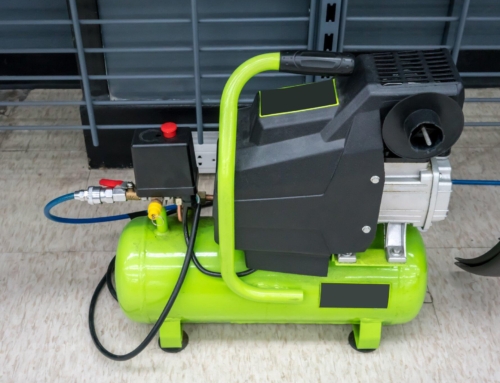
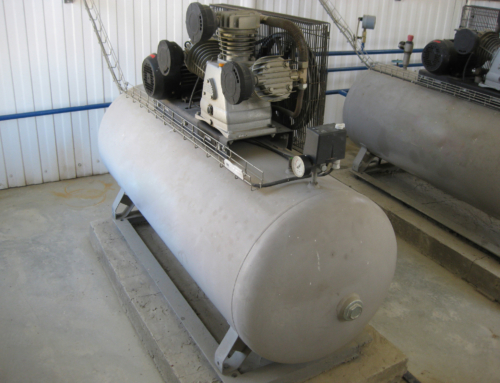
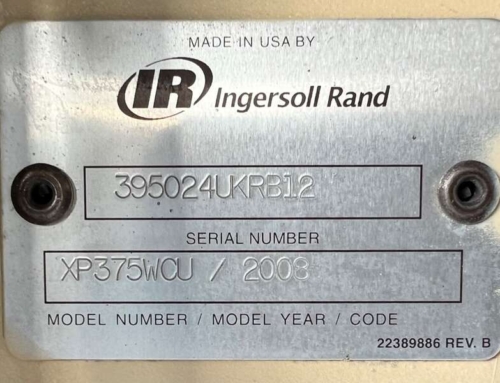
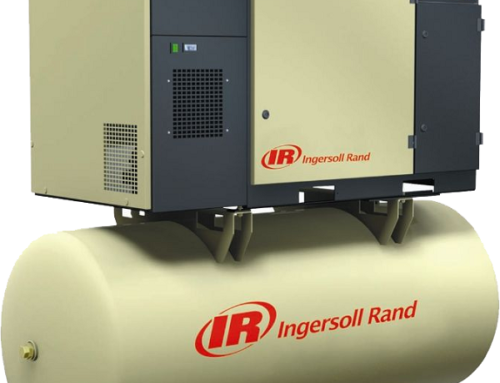
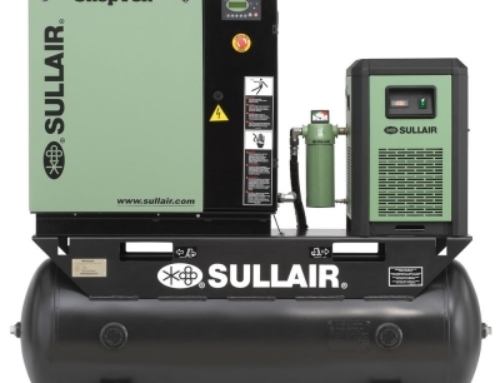
Leave A Comment